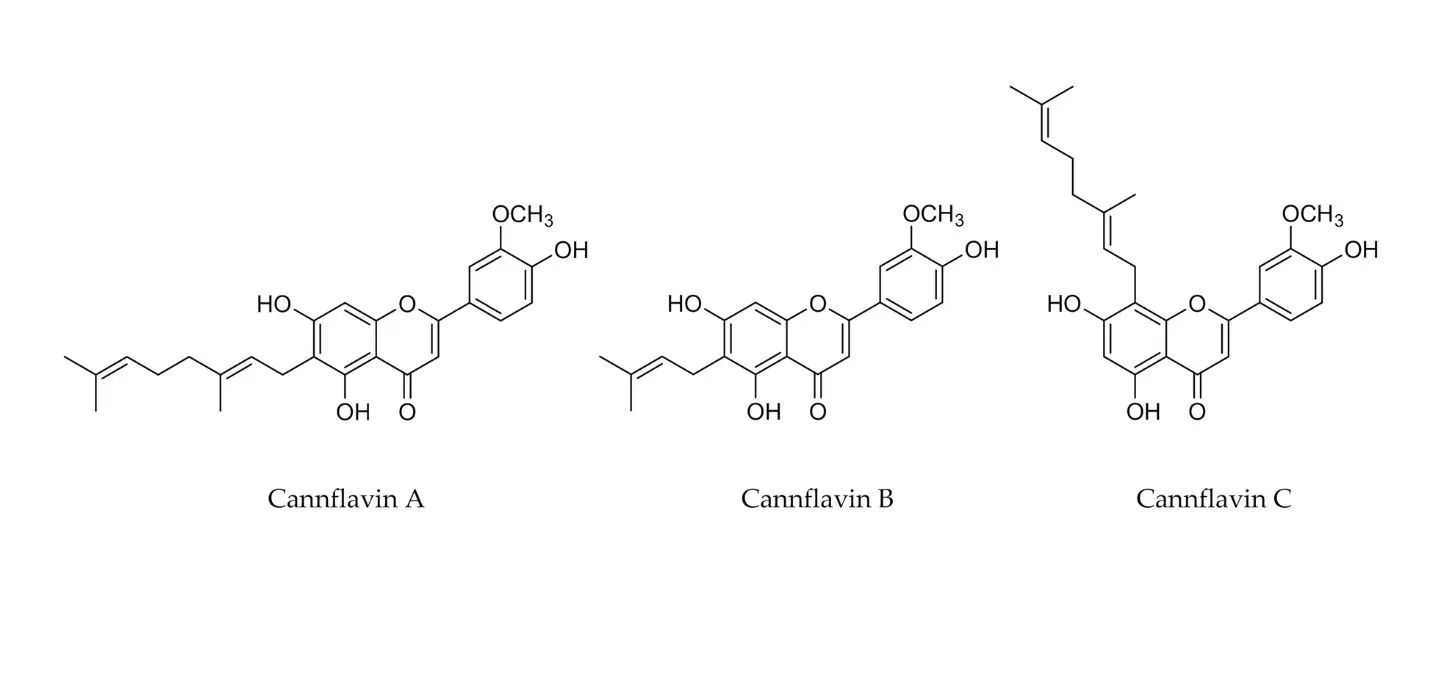Many plants, including cannabis, contain phenolic chemicals. Cannabis’ phenolic components contribute to its effects and medicinal advantages.
THC and CBD are cannabis’ most famous phenolic chemicals, along with flavonoids and terpenes.
Cannabis’ unique impacts and medicinal advantages come from its many phenolic components, according to research.
What are Phenolic Compounds?
Table of Contents
Plant phenolic compounds are diverse. Their phenol group is a 6-carbon aromatic ring with hydroxyl.
Terpenes, flavonoids, and cannabinoids are cannabis’ major phenolics. THC and CBD interact with the endocannabinoid system, making cannabis psychotropic and therapeutic.
Anti-inflammatory and antioxidant flavonoids are in cannabis.
The flavor and smell of cannabis come from terpenes. Lignans, stilbenes, and phenolics are in cannabis. An wide phenolic range makes cannabis medicinal.
What are the Benefits of Phenolic Compounds?
Cannabis’ phenolic chemicals have several health benefits.
Key benefits include:
- Antioxidant activity – Phenolic compounds protect cells from oxidative damage and inflammation.
- Anti-inflammatory effects – Cannabinoids and terpenes reduce inflammation. Pain relief and chronic illness risk reduction are possible.
- Neuroprotective effects – Cannabinoids and terpenes protect the neurological system via antioxidant and anti-inflammatory properties. Neurodegeneration and damage may be reduced.
- Anti-anxiety and antidepressant effects – Non-intoxicating cannabinoids like CBD modulate serotonin and emotion receptors to decrease anxiety and increase mood. They may be safer than antidepressants and anti-anxiety drugs.
- Anticancer potential – Phenolic chemicals regulate cell signaling pathways to inhibit cancer cell proliferation.
Cannabis’ diverse phenolic components have antioxidant, anti-inflammatory, neuroprotective, and other medicinal properties.

 Fact Checked by Doctor Name
Fact Checked by Doctor Name